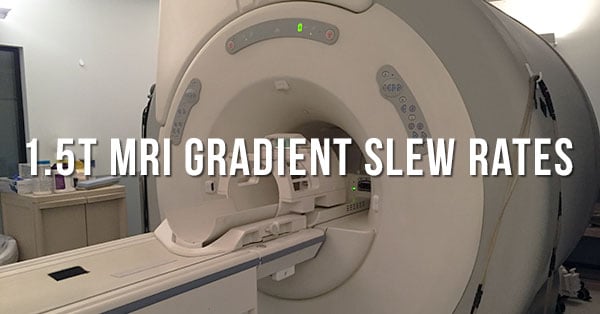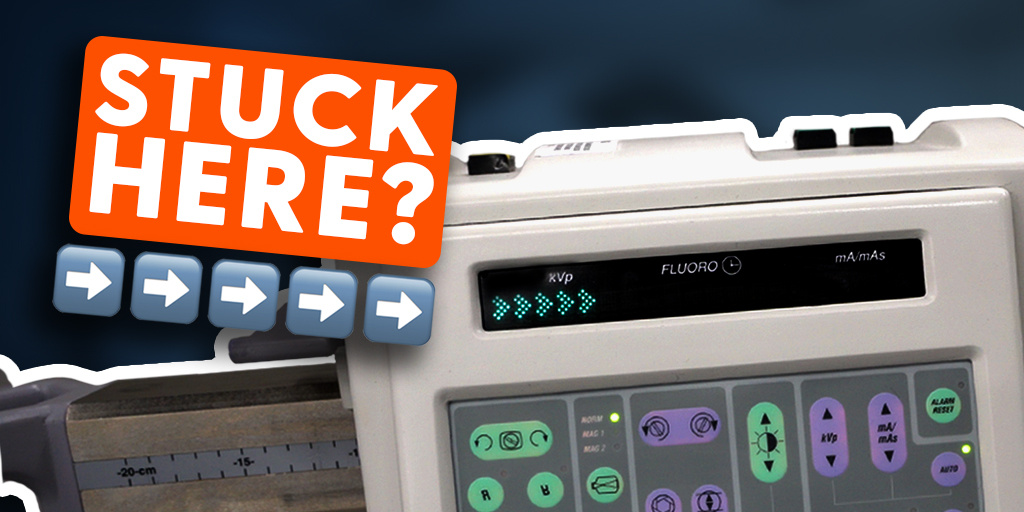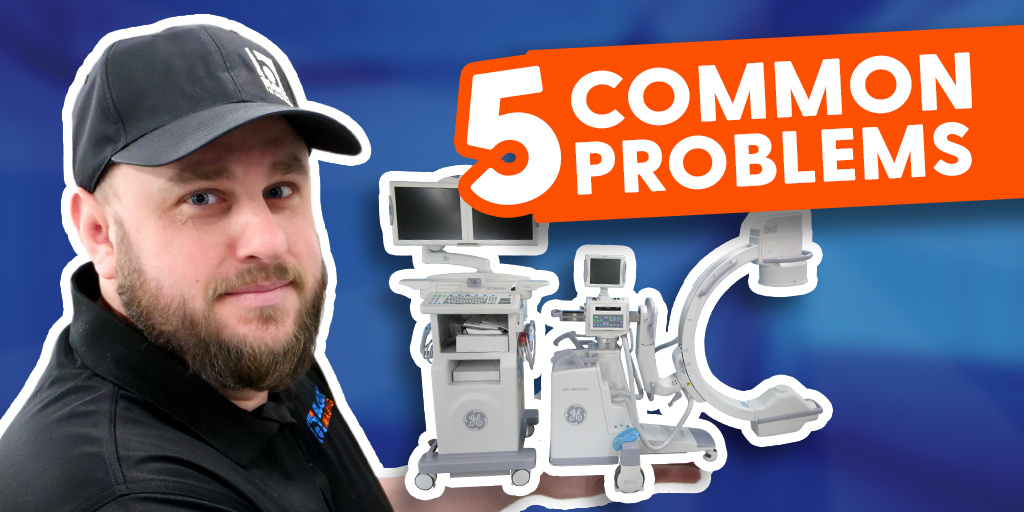
Thumping along at peak levels of 113 dB (just a couple ticks below a rock concert), MRI gradients are often unnerving and sometimes frightening. If you've ever wondered what it is inside an MRI scanner that makes the loud noise they are known for- gradients are the culprit.
Gradients are actually smaller magnets inside the main MRI magnet. Their job is to modify the magnetic field in the area being scanned so the system can “listen” for the resonance and create an image. It's difficult work to modify a magnetic field strong enough to lift a car (really), so the coils in these smaller magnets move and stress, literally vibrating. These vibrations are the source of the sound.
In spite of being noisy, they drive MRI value on the secondary market and they come in many varieties. That being said, let's dig a bit deeper so you can:
- Be better informed when you are selling your used MRI on the secondary market
- Compare gradients across manufacturers when buying a 1.5T MRI
Our team is ready to help you!
If you feel unclear about anything shared here, please do not hesitate to reach out to one of our team members.
Their experience has guided our customers to find the right system for them!
MRI Gradient Slew Rate Comparison
The slew rate (AKA "rise time") is the speed at which the gradient reaches its maximum amplitude. Slew rate is measured in millitesla per meter per microsecond (mT/m/ms). The higher the slew rate, the thinner the anatomical slice, which means higher clarity in the image produced.
Each manufacturer has three or four different gradients and they all have interesting names (see the table below). Because of this, the easiest way to keep your gradient packages straight is by comparing the slew rate.
Major OEM Gradients and Slew Rates
Make |
Model |
Amplitude (mT/m) |
Slew Rate (mT/m/ms) |
| GE | HiSpeed | 23(33 for Plus) | 77 |
| GE | EchoSpeed | 23 (33 for Plus) | 120 |
| GE | HD | 33 | 120 |
| GE | HDXT | 33 | 120 |
| GE | HDe | 33 | 50 |
| GE | Optima 450 | 34 | 150 |
| GE | Optima 450w | 34 | 150 |
| Siemens | Symphony/HarmonyTurbo | 20 | 25 |
| Siemens | Symphony/HarmonyUltra | 20 | 50 |
| Siemens | Symphony/HarmonySprint | 30 | 75 |
| Siemens | Symphony/HarmonyQuantum | 30 | 150 |
| Siemens | Avanto Q-Engine | 33 | 125 |
| Siemens | Avanto SQ-Engine | 45 | 200 |
| Siemens | Espree Q-Engine | 33 | 125 |
| Siemens | Espree SQ-Engine | 45 | 200 |
| Siemens | Aera XJ | 33 | 125 |
| Siemens | Aera XQ | 45 | 200 |
| Philips | Power | 30 | 75 |
| Philips | Master | 30 | 150 |
| Philips | Pulsar | 33 | 80 |
| Philips | Nova | 33 | 160 |
| Philips | Ingenia | 45 | 200 |
| Toshiba | Excelart AG | 30 | 50 |
| Toshiba | Vantage AGV | 30 | 50 |
| Toshiba | Vantage XGV | 30 | 130 |
The Takeaway
Many first-time buyers are under the impression that they should get the system with the highest slew rate possible. To them we say: It's a nice thing to have, but you have to be willing to pay more for it. A higher slew ratecertainly enhances the marketability of your MRI on the secondary market, but the initial cost of the machine will be significantly higher. Ultimately, the slew rate that is absolutely necessary for you to have will depend on the types of studies you intend to do on a routine basis.
If you'd like more information or a consult on which MRI scanner slew rate might be the best for the work you plan to do, our team is ready to help. Give us a call, or check out our free MRI Buyer's Guide to learn more.

Steve Rentz
Steve Rentz is the Product Manager for MRI Scanners at Block Imaging. Steve's goal is to earn each customer's trust and business by specifically addressing the needs of their unique project. When Steve is not helping customers with their MRI needs, he enjoys running, swimming, and woodworking.





